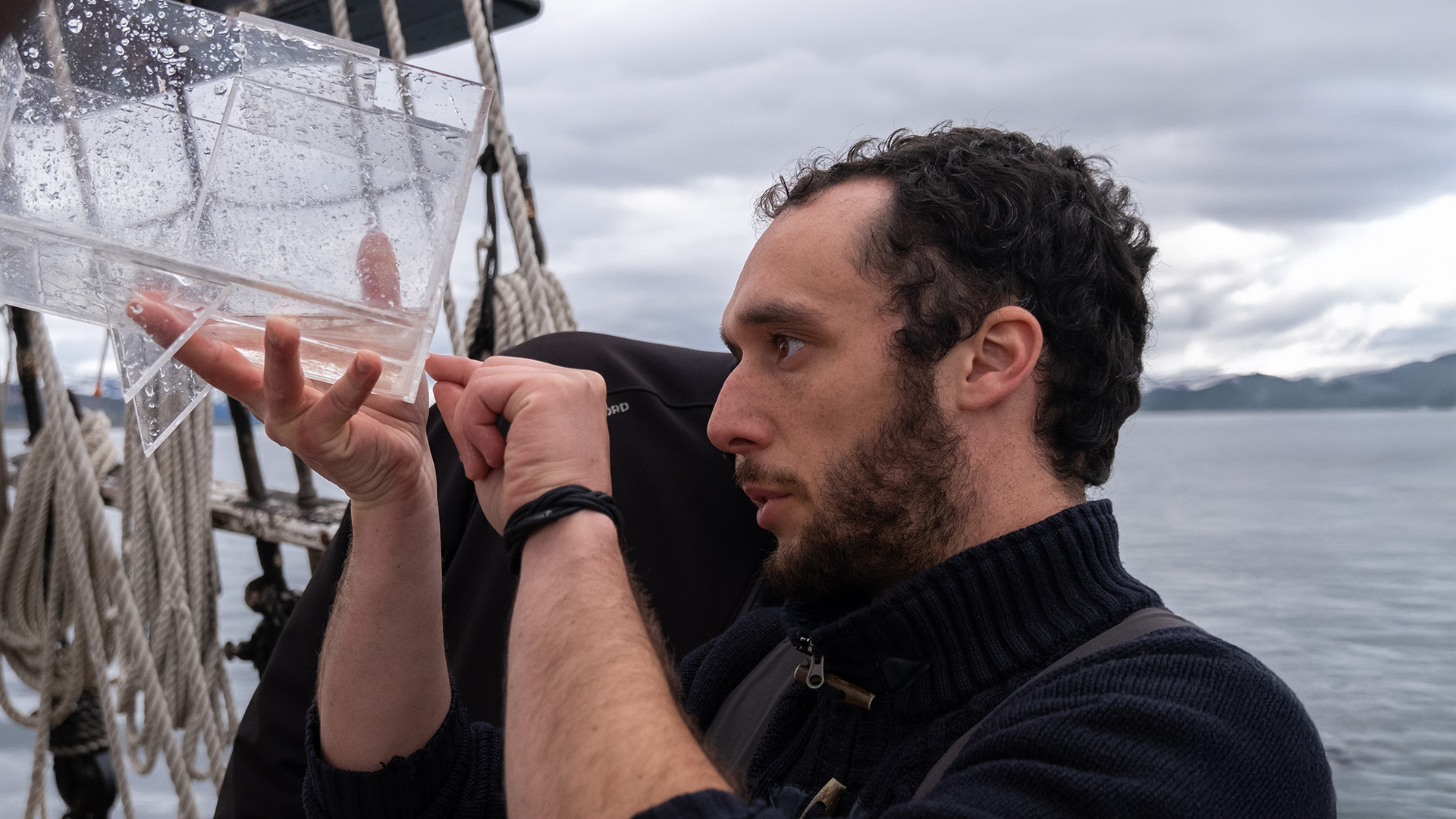
Nicolas DJEGHRI
Ecologie du plancton, Ecologie des communautés, Ecologie numérique
Post-Doctorant
Université de Bretagne Occidentale

Ecologie du plancton, Ecologie des communautés, Ecologie numérique
Post-Doctorant
Université de Bretagne Occidentale
Laboratoire LEMAR
Discovery
J’ai réalisé ma thèse au LEMAR sur l’écologie trophique de méduses photosymbiotiques. Par la suite, en postdoc à la Marine Biological Association (MBA), et plus précisément au sein de la Continuous Plankton Recorder (CPR) survey à Plymouth au Royaume Uni je me suis formé à l’écologie des communautés et l’écologie numérique et ai évolué vers mes thématiques de recherche présentes.
Je m’intéresse aujourd’hui aux transformations des communautés de plancton marin liées aux changements climatiques. Ces transformations peuvent concerner la composition taxonomique ou fonctionnelle (traits) des communautés, ainsi que leurs dynamiques récurrentes (saisonnalité). Je m’intéresse ensuite aux conséquences de ces modifications du plancton pour les écosystèmes marins plus généralement.
Publications dans des revues à comité de lecture répertoriées dans les bases internationales (ACL) depuis 2010

 David GONZALEZ SANTANA
David GONZALEZ SANTANA